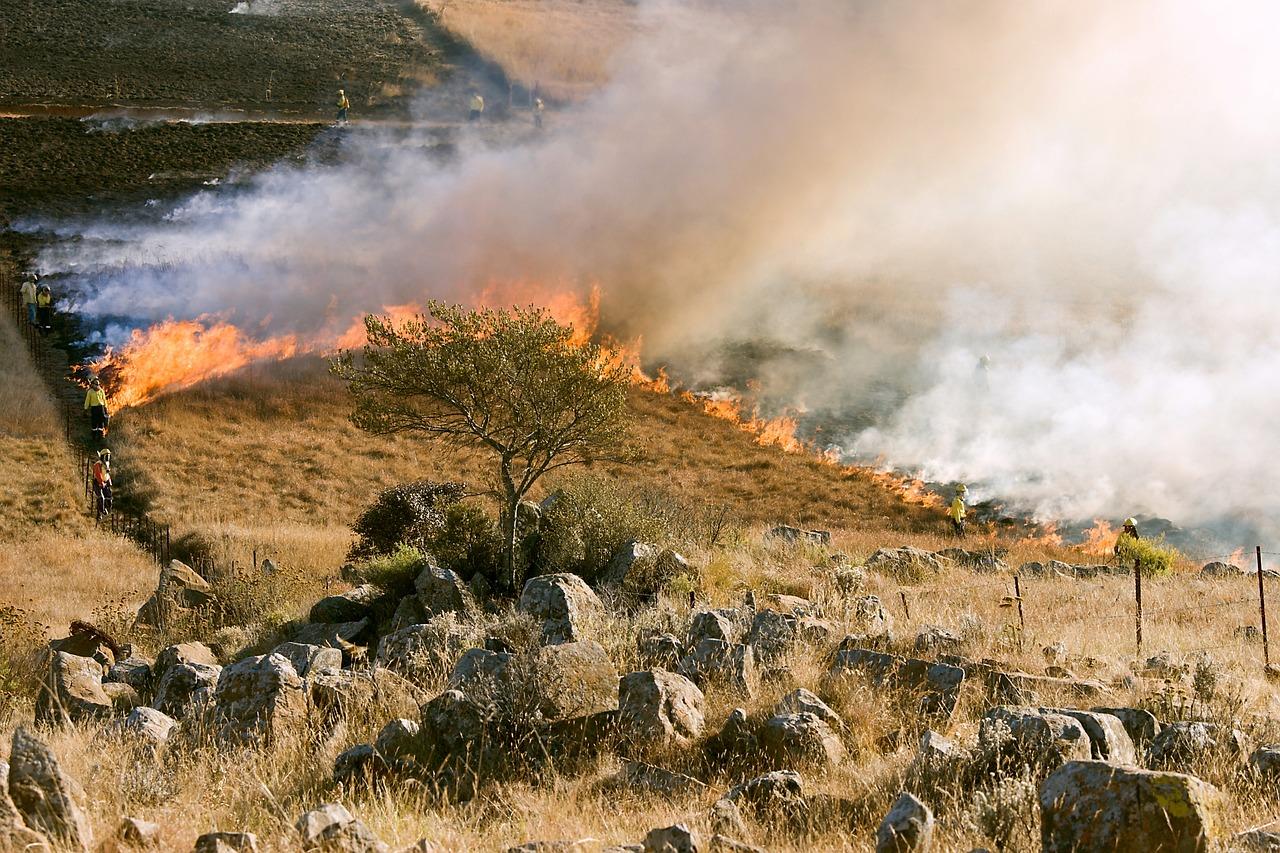
Hawaii wildfires expose need for resilience in a polycrisis world
Originally published in
Disasters like the Lahaina fire are a wake-up call revealing how unprepared we are to face simultaneous threats in a warming world
The destruction of the Hawaiian town of Lahaina by the Maui wildfire is only the latest indication that our communities are unprepared for what some call a "polycrisis" - a rare convergence of multiple forces that results in a disaster. Lahaina residents have always lived in the shadow of an active volcano, but no one anticipated that a wildfire would be magnified by a freak windstorm, and that the town's communication systems and water supply would fail to respond properly.
This tragedy could have been lessened by greater attention to resilience: the capacity to survive, adapt and flourish in the face of turbulent change and uncertainty. Animals and plants are resilient, especially the micro-organisms that have colonized our planet. Humans are unique among all species, having created a complex global economy built on miraculous technologies. But just how resilient are we?
In a volatile and tightly interconnected world, businesses and communities have become less resilient to unexpected crises. The threats emerge from the broader systems in which we operate - economic, political, and environmental. During the 20th century, humans generally flourished, creating wealth and populating the Earth at a rapid pace despite frequent conflicts among nations and tribes. Yet lately, global turbulence and uncertainty have caught up with us. We are ill-equipped to face an array of daunting challenges, mostly of our own making.
Disasters like the Lahaina fire are wake-up calls that reveal these systemic challenges. The COVID-19 pandemic was a stark lesson about our vulnerability to rapidly mutating viruses that spread across the globe, causing disease and disrupting commerce. Climate change acts as a threat multiplier, intensifying fires, hurricanes, floods, and heat waves. Meanwhile, our single-minded pursuit of economic growth has degraded key ecological assets, including soil, water, forests, and biodiversity.
Cascading risks
The World Economic Forum recognizes that extreme events can often cascade to cause more adversity, leading to a polycrisis. For example, climate change is jeopardizing supply chain continuity and food production, especially in poorer countries, and the Ukraine conflict has only exacerbated this problem. The results include lower economic growth and greater inequalities between rich and poor, which in turn can lead to social and geopolitical conflicts. These conditions dampen hopes of global collaboration on greenhouse gas reduction, creating a vicious circle.
How can government and business leaders respond to these challenges? It may not be possible to estimate or predict cascading systemic risks in interdependent global networks. However, it is possible to improve resilience, by adopting a strategy of embracing change rather than struggling to preserve "normal" operations.
Rather than simply "bouncing back" from crises, a resilient organization will "bounce forward" by sensing threats, adapting to new conditions, and improving its responsiveness to surprise events. This requires long-term thinking, increased agility, consideration of systemic risks, and learning from the collective experience of others.
A key concept is "inherent" resilience, which goes beyond adding layers of protection or redundancy that usually incur extra costs. Resilience can be woven into the design of key assets and procedures, thus offering "no regrets" in the absence of disruptions. An example is promoting a "circular" economy, which eliminates waste by recovering and recycling valuable materials or energy that were traditionally discarded. This approach not only increases self-sufficiency, but also can reduce purchasing costs, cut pollution, and improve sustainability.
'Systems thinking'
In the case of a community like Lahaina, there are various measures that might have protected the town from unforeseen disasters. Systematic anticipation of threats and dangerous scenarios could have avoided complacency among emergency responders. Improved infrastructure systems, including power, water, monitoring, and warning capabilities could have reduced fatalities and property damage. Thoughtful landscape design possibly could have helped to protect against wildfires, volcanic eruptions, floods, and other hazards. Public officials could have tried to integrate resilience thinking into their planning, not knowing what shape the next disaster might take.
Resilience will inevitably become more critical, since environmental and social pressures are increasing while industrial technologies are rapidly evolving. For example, the business landscape is being transformed by the "fourth industrial revolution" or Industry 4.0 - a new wave of innovation based on artificial intelligence and "smart" systems. These changes promise to increase human productivity, but the potential hidden consequences include cybersecurity threats, disruption of traditional jobs, and exacerbation of income gaps between rich and poor.
To adapt successfully in the future, we will need to adopt a broader "systems thinking" mindset, focusing on fundamental forces that threaten our future prosperity. It's complicated but necessary on the turbulent, entangled planet that we inhabit.
This article is republished from Context under a Creative Commons license. Read the original article.







